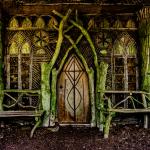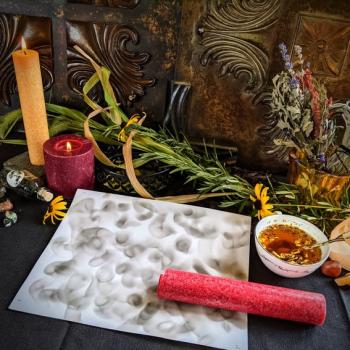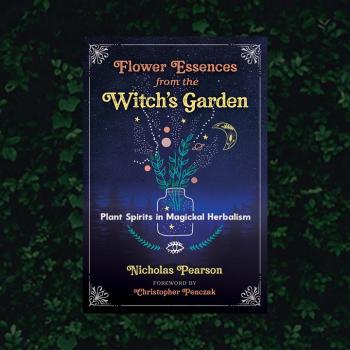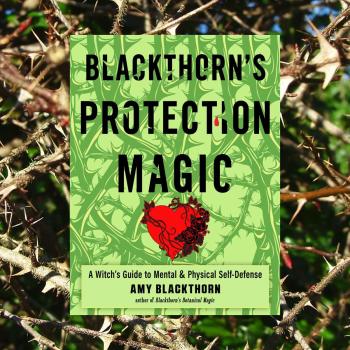The Plant that Killed Socrates

Gimbettino Cignaroli, The Death of Socrates, Wikimedia CommonsHemlock is a poisonous plant that has been used since antiquity. Surprisingly it does not get the attention that other herbs connected to witches and sorcery like the Nightshade family does. It is one of the most common plants associated with witches in Europe, particularly in Britain, one of the plant’s native homes. Like many of the baneful herbs, Hemlock is connected to Hekate and Saturnus. It was also used by the infamous sorceresses Circe and Medea to dispatch many of their particularly male enemies. This also relates to the plant’s ability to destroy male potency, virility and sexual drive. It is used in folk magic to ruin sexual urges, and used in spells of chastity.
Magically the Poison Hemlock can be used to paralyze a person or situation, which corresponds to its chemical action on the nervous system. The plant causes death through respiratory failure, and acts on the peripheral nervous system; causing coldness, depression, paralysis and weakness. It is involved in astral travel like other plants that loosen the soul from the body. As a powerful herb of consecration and protection it can be used in oils to anoint ritual tools and destructive charms. Hemlock has an earthy and watery nature based on its large chambered root, and affinity for growing near streams.
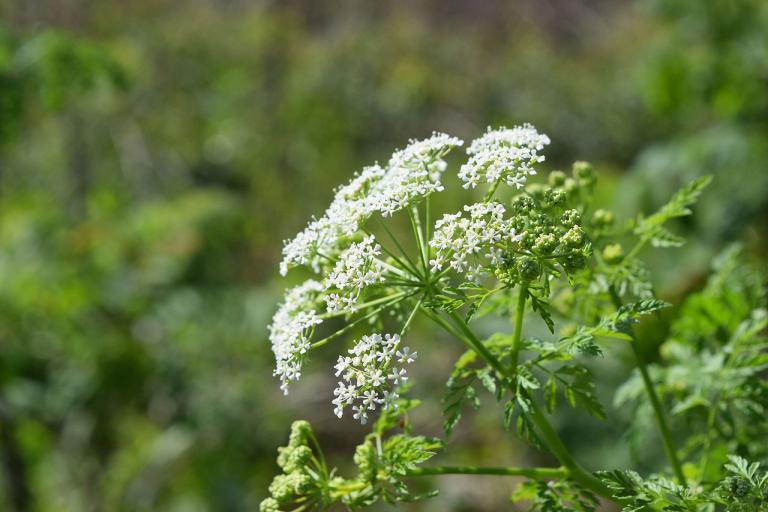 Conium maculatum. Poison Hemlock. Wikipedia Common License.
Conium maculatum. Poison Hemlock. Wikipedia Common License.
Some of Hemlock’s folk names are: warlock’s weed, winter fern, poison hemlock, spotted cowbane, water hemlock and water parsley. The variety that is native to Europe is Conium maculatum which is the plant originally referred to in lore about this witches’ weed. Conium comes from the Greek word konas meaning, “to spin” or “to whirl,” likely from the vertigo caused when the plant is consumed. It causes a feeling of dizziness and movement, even when sitting still. When taken in small amounts or rubbed on the skin this dangerous plant is said to give one the sensation of gliding through the air. This may be why it is connected to witches’ flying ointments in medieval Europe. Poison hemlock can be distinguished from other varieties sharing the same common name, by the delicate serration in it’s leaves. Also, the purple spotting that is characteristic of this variety, appropriately known as the “Mark of Cain.”
It is said that ancient Sumerians used the plant to bring about plagues and pestilence and conversely to expel them. Its suffocating side effects connect it to the noose and the dark goddess in her “strangler aspect”. The strangler, was an ancient translation associated with Lilith, and the dark goddess Kali.
The other variety known as water hemlock, cow bane, or poison parsley is common in North America. However, both plants are widely naturalized outside of their native origins, although remaining in the Northern Hemisphere. Typically only Conium maculatum has the purple spotting, but it has been known to show up on other varieties as well. This variety is part of the same family, which also goes by two different names Apiacea and Umbeliferae. Umbeliferae, refers to the plant’s umbrella like flowers called Umbels. The genus is a small group known as Cicuta, with varieties known as Cicuta virosa and Cicuta maculata. Both varieties commonly grow near streams, trails, roadsides, and forest clearings. It is a plant of borders, wastelands and in-between areas, a typical characteristic of plants used in spirit flight.
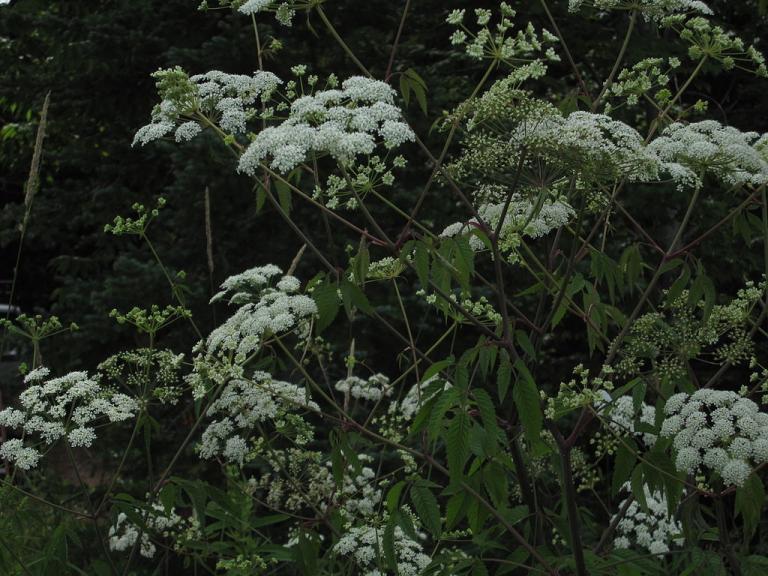 Cicuta maculata. Wikipedia Common License.
Cicuta maculata. Wikipedia Common License.
The two genus Cicuta and Conium were not distinguished from one another until after the year 1500. Carl Linnaeus described three of the four species in the Cicuta genus in 1753. The difference between the leaves of Poison Hemlock and Water Hemlock can be seen in the photo about. The leaves in the Cicuta variety are lanceolate and serrate. You can also see the characteristic purple coloring at the junctions between branches. Water hemlock is considered on of North America’s most toxic plants. It has been confused with wild parsnip, carrot, and is similarly related to Angelica.
All varieties of Cicuta but one, contain cicutoxins, which is present during all stages of growth and is particularly concentrated in the roots. It only takes a small amount of the plant to cause lethal poisoning. It has been reported that children were poisoned by whistles created by the hollow stems of the plant. Toxicity sets in as quickly as 15 minutes prior to ingestion. The poison causes neurological symptoms including, seizures, hallucinations, brain swelling, delirium, prickling and numbness. Initial treatment can include the use of activated charcoal to decontaminate the gastrointestinal tract, and there is no specific antidote for water hemlock poisoning aside from supportive care, including the use of anti-seizure medications.
The primary toxin in Conium maculatum, Poison Hemlock, is coniine and is similar in chemical structure to nicotine. It disrupts the activity of the central nervous system. The ripe seeds contain the most concentrated presence of the poison. While only a very small amount is capable of causing respiratory failure and death, the dried plant material quickly loses its toxicity in a couple of days. The process of coniine poisoning results in ascending muscular paralysis starting at the lower extremities and rising to the heart and lungs. It takes as few as 6 leaves to cause death in adults, and even smaller amounts of the seeds. Some animals that feed on the plant can develop chronic toxicity, which results in birth defects. It is also capable of entering the human food chain through contaminated milk and poultry.
It is no wonder that there are only small amounts of lore that can be found on this plant for magical uses. Other than its association with witches and the devil, uses of this poisonous plant are few and far between. It is a plant that warrants further exploration, however the utmost precautions must be taken when working directly with either variety.
I close this article with the alleged last words of Socrates. “Crito, we owe a cock to Asclepius. Pay it and do not neglect it.” – Plato in Phaedo
References and Resources:
Magical Herb of the Week: Hemlock. Wild Witch Academy.
Hemlock: Britain’s Most Common Witchy Plant. By Rowan. Here
Hurwitz, Siegmund. Lilith the First Eve: Historical and Psychological Aspects of the Dark Feminine.
The Strangler Vine: M.J. Carter

